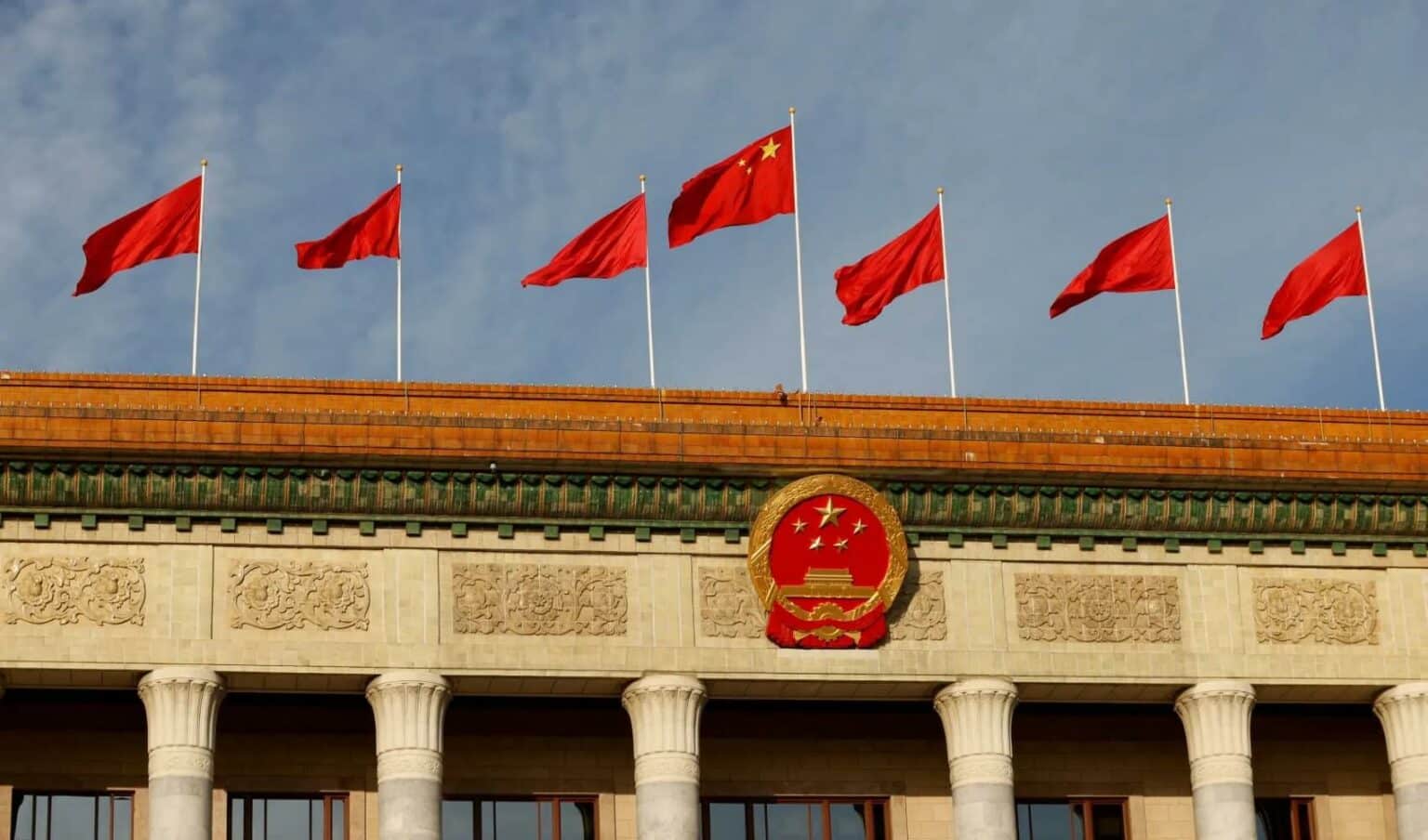
By Charles Muchoki | Africa Guardian
In 2023, Chinese lenders committed $4.61 billion in loans to Africa, marking the first annual increase in seven years, according to a study by Boston University’s Global Development Policy Centre. This figure represents a more than three-fold increase from the previous year, highlighting China’s renewed interest in African investments after a significant decline since 2016.
Between 2012 and 2018, Africa benefited from over $10 billion annually in Chinese loans, largely driven by President Xi Jinping’s Belt and Road Initiative (BRI). However, lending sharply decreased following the onset of the COVID-19 pandemic in 2020. The latest data indicates that China is now taking steps to manage risks associated with highly indebted African economies, aiming for a more balanced approach to lending.
“Beijing appears to be searching for a more sustainable level of lending while experimenting with new strategies,” the Boston University report noted. The findings come as China prepares to host African leaders for the Forum on China-Africa Cooperation, a triennial event, next week.
In 2023, there were 13 loan agreements involving eight African nations and two multilateral African lenders. Notable deals included a nearly $1 billion loan from the China Development Bank to Nigeria for the Kaduna-to-Kano Railway and a similar-sized liquidity facility for Egypt’s central bank.
China has become the largest bilateral lender to many African countries, including Ethiopia, lending a total of $182.28 billion to the continent between 2000 and 2023. Most of these funds have been directed toward Africa’s energy, transport, and information and communication technology (ICT) sectors.
Africa was a key focus in the early years of the BRI, as China sought to extend its geopolitical and economic influence through a global infrastructure push. However, starting in 2019, China reduced its lending, a trend that accelerated during the pandemic. This shift left numerous projects incomplete, including a modern railway intended to connect Kenya with neighboring countries.
The decline in lending was driven by China’s own domestic pressures and the growing debt burdens among African nations. Countries like Zambia, Ghana, and Ethiopia have been undergoing prolonged debt restructuring since 2021.
Last year, over half of the loans committed by China, amounting to $2.59 billion, were directed to regional and national financial institutions, reflecting a new strategy to mitigate risks associated with African countries’ debt challenges. The study also noted that nearly 10% of the 2023 loans were allocated to renewable energy projects, including solar and hydropower, indicating China’s shift away from funding coal-fired power plants.
Despite these emerging trends, the study found no clear direction in China’s financial engagement with Africa, as Chinese institutions continued to provide loans to financially distressed economies such as Nigeria and Angola.
“It remains to be seen whether China’s partnerships in Africa will maintain their quality,” the Global Development Policy Centre concluded.
___
